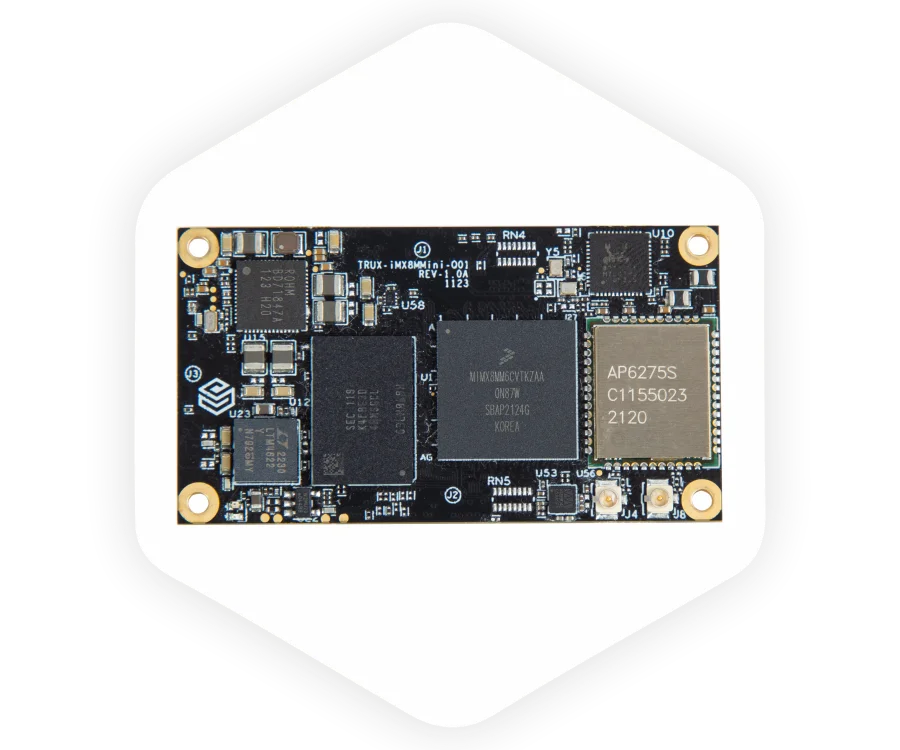
Internet of Things and Connectivity

IOT wireless connectivity:
the future of IOT

The Internet of Things (IoT) is rapidly becoming an integral part of our daily lives, with more and more devices being connected to the internet every day. One of the key challenges facing the IoT industry is wireless connectivity. In order to fully realize the potential of IoT, it is essential to have reliable and efficient wireless connectivity solutions in place.
Wireless connectivity plays a crucial role in the functioning of IoT devices. It allows for the seamless transfer of data between devices, enabling them to communicate with one another and with the internet. Without wireless connectivity, IoT devices would be unable to function as intended.
Current wireless
connectivity solutions for IOT
Currently, there are a number of wireless connectivity solutions available for IoT devices. These include:
Wi-Fi:
One of the most widely used wireless connectivity solutions, Wi-Fi is a popular choice for IoT devices due to its high data transfer rates and wide availability.
Bluetooth:
Another popular wireless connectivity solution, Bluetooth is commonly used in IoT devices due to its low power consumption and ease of use.
Zigbee:
Zigbee is a wireless connectivity solution that is specifically designed for IoT devices. It is known for its low power consumption and long range capabilities.
LoRa:
LoRa is a long-range wireless connectivity solution that is well-suited for IoT devices in rural or remote areas.

The future of IOT
wireless connectivity

As the IoT industry continues to grow, it is likely that new and improved wireless connectivity solutions will be developed. Some of the key areas of focus for the future of IoT wireless connectivity include:
- Increased data transfer rates: As the amount of data being transferred between IoT devices continues to increase, the need for faster and more efficient wireless connectivity solutions will become more pressing.
- Improved security: As IoT devices are increasingly used for sensitive applications, such as medical devices and industrial control systems, the need for secure wireless connectivity solutions will become increasingly important.
- Lower power consumption: As more and more IoT devices are deployed, the need for wireless connectivity solutions that consume less power will become more pressing.
- Greater range: As the number of IoT devices continues to grow, the need for wireless connectivity solutions that can cover large areas will become more pressing.
Our Offering
Trucrux offers Off-the-shelf industrial-grade TRUX-iMX8M-Q01, TRUX-iMX8MMini-Q01 and TRUX-iMX6UL-S01 SoM (System on Module) for reliability, safety and supporting various assembly options to configure in different implementations of the domain of IoT. IoT industry is continuing to grow next decade, it is likely that new and improved wireless connectivity solutions will be developed to meet the changing needs of the industry.



